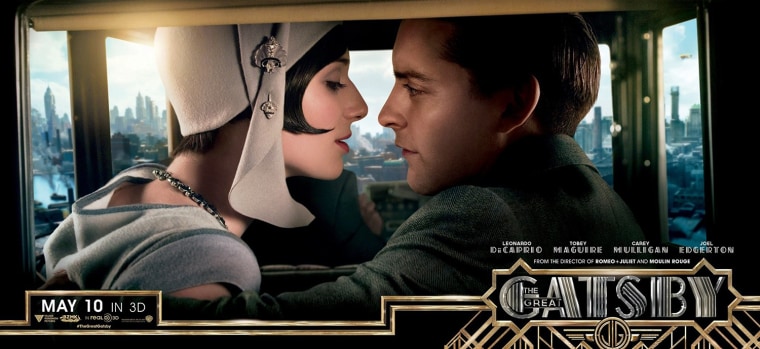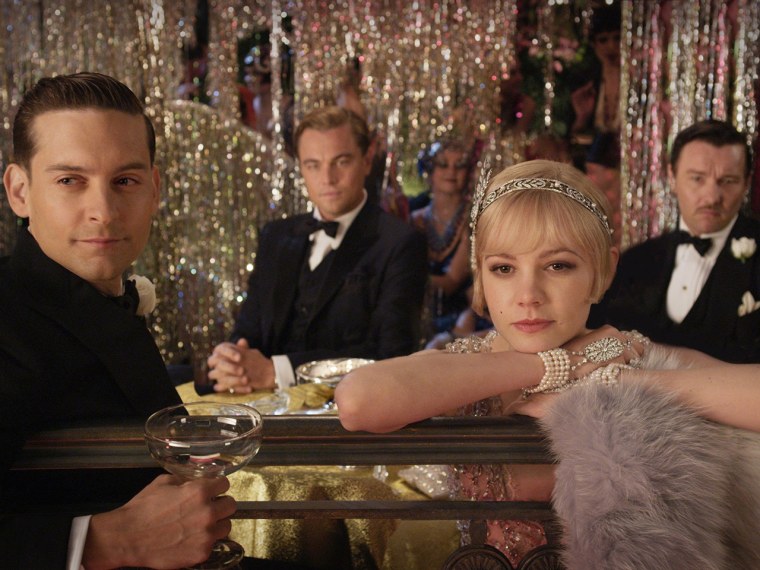
It reads like an Onion headline: F. Scott Fitzgerald's famed literary classic, "The Great Gatsby," has been remade yet again -- and this time, in 3-D.
Studios like 3-D because they can charge more per ticket. Even old films can be slicked up with a coat of 3-D and re-released on the big screen. And sometimes it works -- animated films and action movies can benefit from the swoopy, swirly extra depth.
But many times, 3-D feels like a pricey gimmick, pushing up the cost of an already expensive night out and forcing moviegoers to wear clunky plastic glasses.
Blame it on "Avatar." James Cameron's wondrous 2009 science-fiction movie was that true triumph of the third dimension, an engrossing and dazzling film that really used 3-D to its best advantage. But what worked for the blue-skinned Na'vi does not work for everything. Here are three 3-D films that should've left the glasses at home.
'Great Gatsby'
There's just no real need for the extra dimension in this literature-class classic. Viewers don't need Gatsby's Rolls-Royce to leap into their laps, or Daisy's bugle-beaded flapper gown to smack them in the eyes. In the new "Gatsby," aside from some whirling snowflakes, the 3-D is mostly used in an attempt to immerse the viewer in Gatsby's champagne-drenched, party-all-the-time world, but the film could easily be appreciated without it. At the screening we attended, viewers sat through the film's first five minutes three times while the projectionist struggled to properly sync the 3-D effects with the film.
'The Last Airbender'
The 2010 fantasy film was so awful in so many ways that it's hard to untangle the 3-D element from the movie's sheer badness. The television series it was based on had a loyal following, and its $150 million budget was generous, but the plot was incomprehensible and the 3-D contributed zip, except to possibly make the film darker, murkier and even more confusing. Actual line: "Again, I offer my condolences on your nephew burning to death in that terrible accident." Maybe the line should have been: I offer my condolences to anyone who saw this movie, and paid the 3-D upcharge to boot. "The Last Airbender? Let's hope so," sneered the New York Times.
'Thor'
Superhero movies usually get off easy when it comes to 3-D. These films are big-screen comic books anyway, and it's hard to get too upset at them for flinging things at the audience -- it's part of the experience. Except with 2011's "Thor," it's not part of the experience at all. The film was one of many that was shot in 2-D, then converted later. The president of Marvel Studios told the L.A. Times that the special effects for the film were conceived with 3-D in mind, but it's impossible to see which effects those were. But if at first you don't succeed, try, try again: The sequel, "Thor: The Dark World," due out in November, is also being shot in 2-D and converted to 3-D in post-production.
